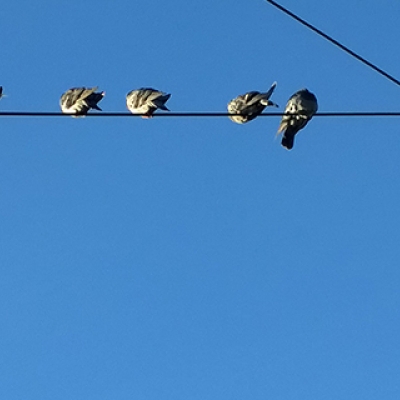
Toxicology has advanced. The EPA needs to advance with it.
By Emily Monosson / On August 23rd, 2018
On the fourth of July, 1985, as the sun shone and the temperatures rose, people celebrated by eating watermelon. Then they got sick — becoming part of one of the nation’s largest episodes of foodborne illness caused by a pesticide. The outbreak began with a few upset stomachs in Oregon on July 3; by the next day, more than a dozen people in California were also doubling over with nausea, diarrhea, and stomach pain. A few suffered seizures.





